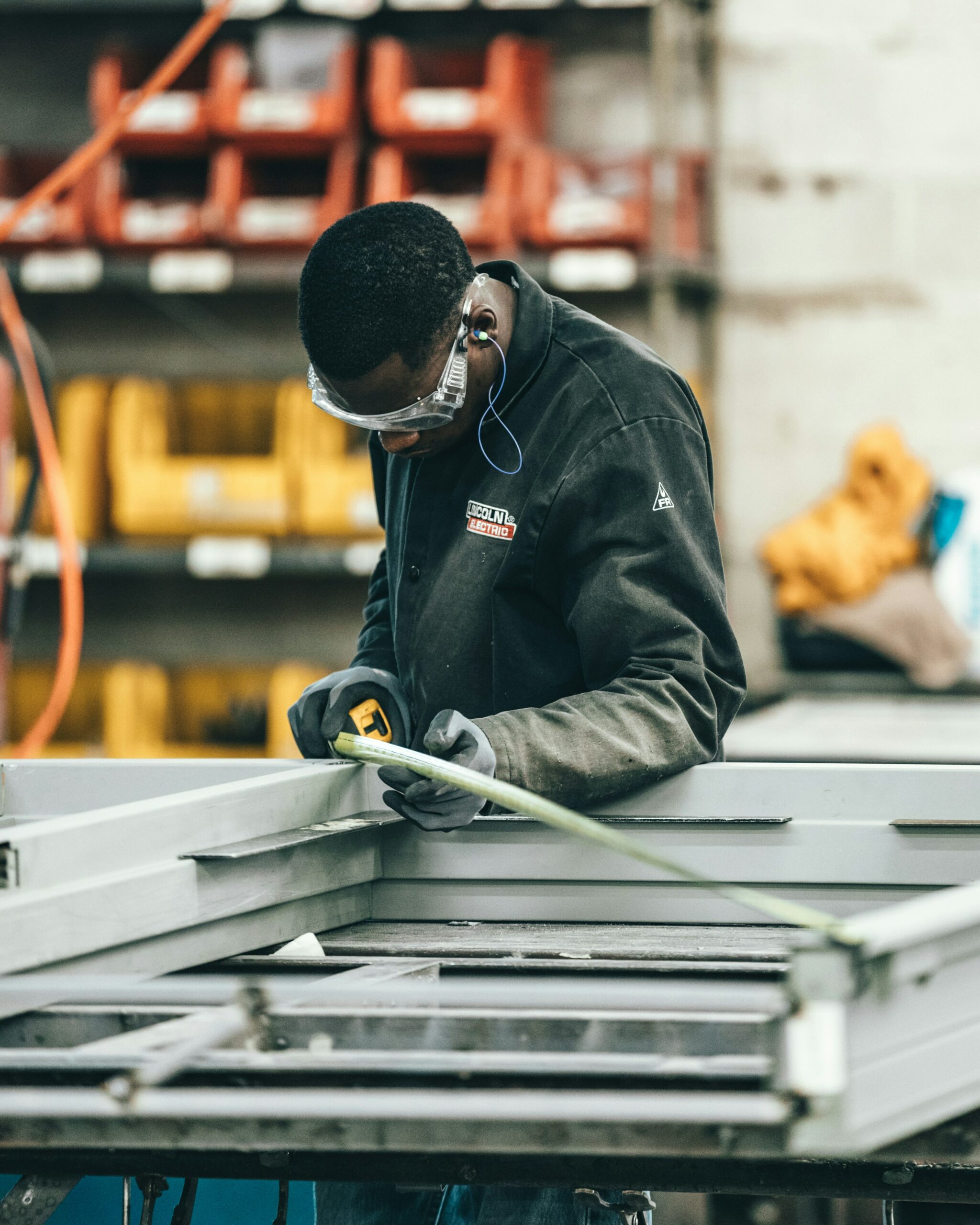
The American manufacturing industry, a cornerstone of the nation’s economy, has undergone significant transformations over the centuries. From the early days of artisanal craftsmanship to the heights of industrial power and into the modern era of technology and globalization, the story of American manufacturing is a tale of innovation, resilience, and change. This blog post navigates through the pivotal moments in the history of American manufacturing, highlighting the key changes, legislation, and the rise and fall of industries that have shaped its course.
The Birth of American Manufacturing: Late 18th to Early 19th Century
The Industrial Revolution in America The seeds of American manufacturing were sown with the Industrial Revolution, marking the transition from manual craftsmanship to mechanized production. The Slater Mill in Rhode Island, established in 1793, is often considered America’s first true factory, utilizing water-powered textile machinery. Read more about Slater Mill.
Early Legislation and Protectionism The Tariff of 1816 was among the first significant legislative efforts to protect American manufacturing by imposing duties on imported goods, encouraging domestic production. This era laid the groundwork for America’s industrial ascent, fostering a growing economy centered around textile mills, ironworks, and the burgeoning firearms industry.
The Golden Age of American Manufacturing: Late 19th to Early 20th Century
The Rise of Steel and the Railroad Industry The late 19th century heralded the rise of the steel industry, with figures like Andrew Carnegie leading the way. The expansion of the railroad network across America not only connected the vast country but also propelled the demand for steel, coal, and labor, symbolizing the might of American industrialization. Carnegie’s legacy.
Automobile Revolution and Mass Production The early 20th century saw the advent of the automobile industry, with Henry Ford’s introduction of the assembly line in 1913 revolutionizing manufacturing. Ford’s Model T became the emblem of American efficiency and innovation, making cars accessible to the masses and establishing the U.S. as an automotive leader. Ford’s Assembly Line.
Post-War Boom and Globalization: Mid 20th Century to 2000s
Manufacturing in the Post-War Era The aftermath of World War II saw a manufacturing boom in the U.S., driven by high domestic demand and technological advancements. This era saw the rise of consumer electronics, aerospace, and continued dominance in automotive manufacturing.
NAFTA and the Shift Towards Globalization The North American Free Trade Agreement (NAFTA), signed in 1994, marked a pivotal shift towards globalization. While it opened up free trade with Canada and Mexico, it also led to debates about the impact on American jobs and the manufacturing sector. NAFTA’s impact.
The Modern Era: 2000s to Present
The Tech Revolution and Reshoring The 21st century has been characterized by the rise of the technology sector, with significant advancements in automation, robotics, and artificial intelligence reshaping manufacturing. In recent years, there has been a trend towards “reshoring” —bringing manufacturing jobs back to the U.S. to mitigate the challenges of overseas production and supply chain vulnerabilities.
Sustainability and the Future of Manufacturing Today, American manufacturing is increasingly focused on sustainability and the integration of green technologies. The industry is at a crossroads, looking to balance efficiency and productivity with environmental responsibility and ethical labor practices. Sustainable Manufacturing Initiative.
So, here’s the thing:
The journey of American manufacturing is a testament to the nation’s ability to adapt and innovate. From the water-powered mills of the 18th century to the high-tech factories of today, the industry has continuously evolved, reflecting the changing needs, values, and challenges of the times. As we look to the future, the industry stands on the brink of a new era, where sustainability, technology, and global competitiveness will dictate the next chapter in the story of American manufacturing.